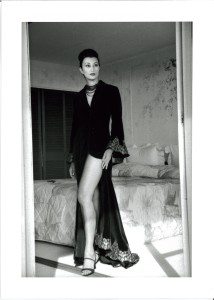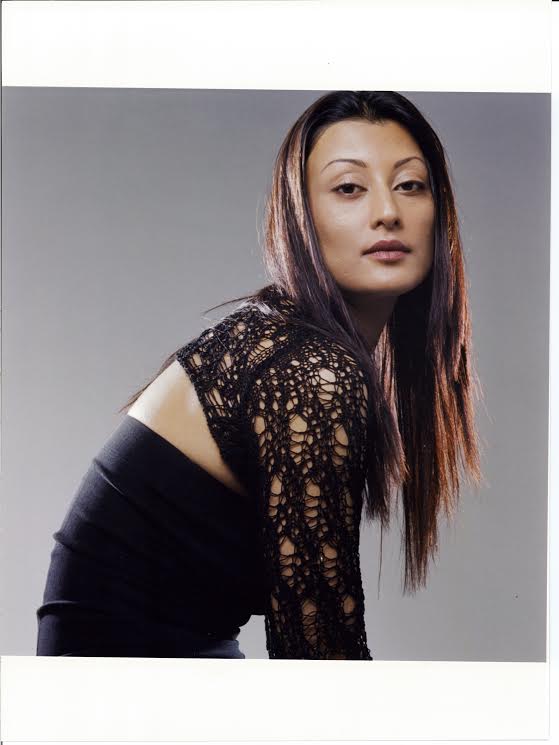
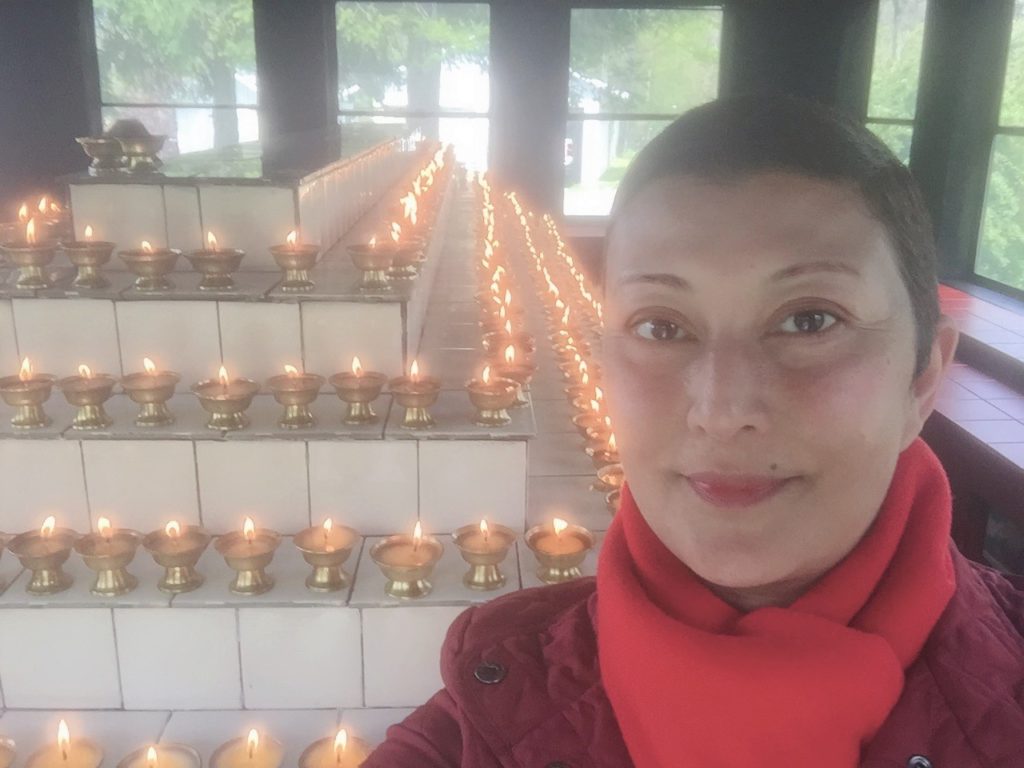
Meet the Mind-Whisperer in the Pandemic
What is the Model who became a Nun Doing Now?
[dropcap]H[/dropcap]ave you ever wondered about the endings of real-life stories? Often reporters interview people and then move on to the next story, rarely following up on how the lives of those interviewed panned out. Did the protagonists live happily ever after or did they find disappointment in the path they followed?
Five years ago I had interviewed Aria Das, a beautiful fashion model, originally from Coorg, who gave up her high-flying Manhattan life to become a Buddhist nun. She shaved off her gorgeous hair, gave up her stylish outfits and makeup, and retreated to a Buddhist monastery in upstate New York.
Gone were the sparkling nights of parties, fast music, and fashion events as she pursued a dedicated life of prayer, simple vegetarian meals, and monastic chores. Her name changed from Aria Das to Aria Drolma.
The three year and three month retreat is an advanced, fully enclosed intensive Tibetan Buddhist Vajrayana meditation practice where one receives the full transmission of the Karma Kagyu lineage from teacher to student as well as practices from Shangpa Kagyu lineages. Living as a nun, the initiate remains in solitude, immersed in silence and meditation for the whole retreat.
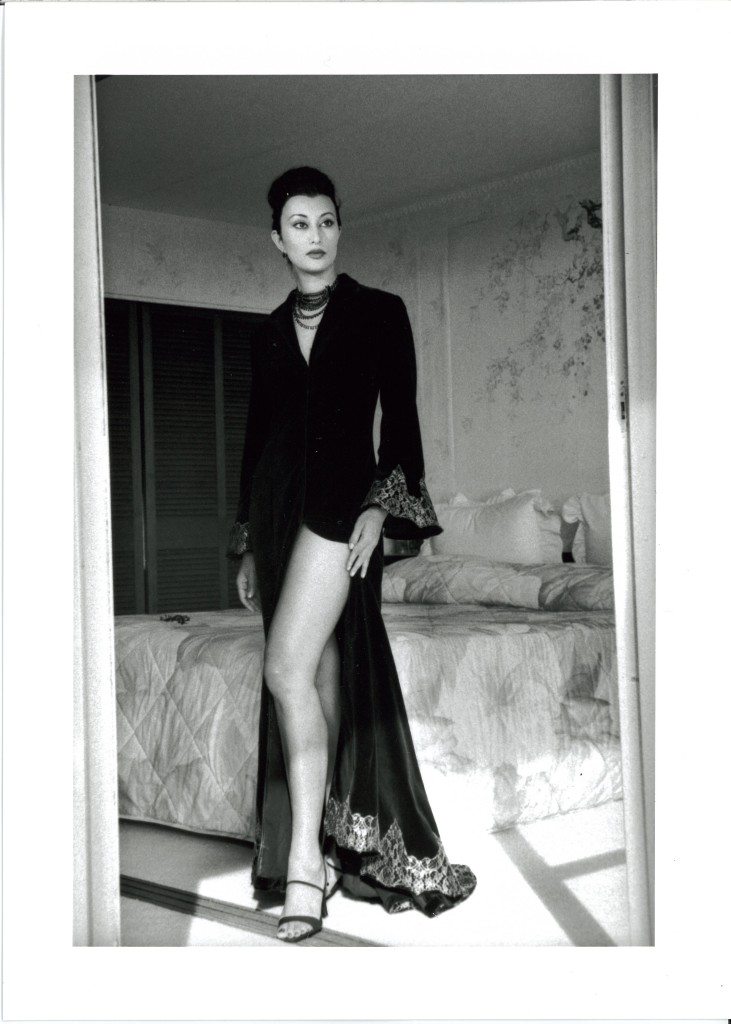
[dropcap]F[/dropcap]or the whimsical world of beautiful fashion people, Aria Das stopped existing. Yet, she’s very much alive – peaceful and content, presiding over a new world where she has many followers who swear by her spiritual teachings. She is a sought-after teacher of spiritual discourse and has taught at the United Nations and is a regular at Rubin Museum in New York. Thanks to word of mouth, she has taught mindfulness meditation at universities and organizations, including Oxford University. She marvels, “I now have companies calling me to talk on mindfulness meditation as a wellness initiative for their employees because it’s proven to improve work performance.”
How difficult was it to be taken seriously by the spiritual world after having been a fashion model – was her past a burden or an asset? Drolma points out that when she started the cloistered traditional Buddhist program, she did it only to enrich her own life and find deeper meaning and purpose to her existence. She had no thought of teaching it to others.
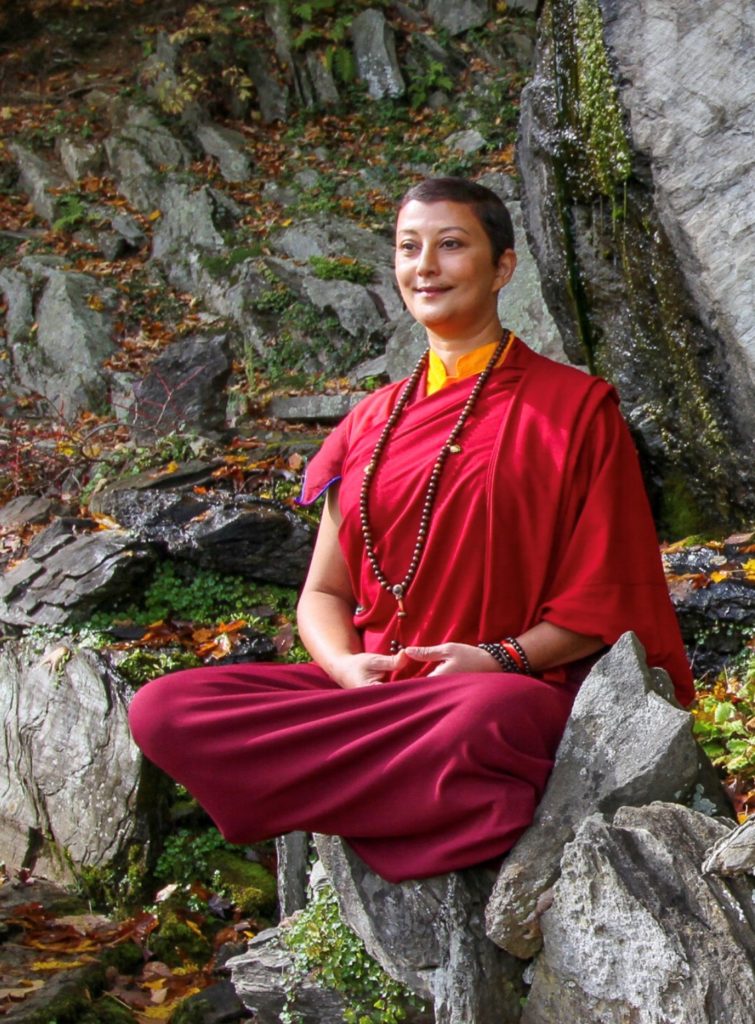
[dropcap]“T[/dropcap]eaching did not even cross my mind. After I graduated the three year three month retreat program, our spiritual master gave us the title as a “Lama” meaning a spiritual teacher and encouraged us to teach.The retreat was like doing a highly advanced intensive meditation program which is experiential in nature. The teaching and practice is very profound. Once you have experienced and had a glimpse of the nature of your own mind, then it’s impossible to go back to your ordinary way of life.”
She adds, “When you have deeply understood the core teachings which are the nature of mind, Emptiness and Impermanence – the ordinary world does not captivate you anymore. Your inner world is far more enriching – the outer world seems like a mirage.” She feels the past was never a burden, for people gravitate toward authenticity and to the truth.
In her past life, she had been very much of a Material Girl, passionate about her Chanel and Gucci bags and haute couture. She says, “Today my wardrobe has changed from designer clothes to simple Buddhist robes and instead of the collection of hundreds of fancy shoes to a few pairs. I truly enjoy being a minimalist. Even though I love beautiful things I’m not attached nor have any desire to own them. Instead I love having experiences like a nice meal with friends with meaningful conversation.”
A Guided Meditation by Lama Aria Drolma for Pandemic times
[dropcap]H[/dropcap]ave the friends from her old world kept up with her or is it now two worlds and two different sets of friends? “I have very few friends now from my modelling world – my party friends find me boring and we have lost touch,” she says.
“But I have acquired a new set of spiritual friends and we share the same ideas and thoughts. They admire what I do and I inspire them to be diligent with their practice. It’s great because I don’t have to explain myself – they accept me as I am. It was also very special during Covid – my new friends would often bring me home-cooked food and I am so grateful to have such caring and genuine friends.”
Finally I asked her whether she finds the pandemic has caused people to yearn for a calmer, more spiritual world, to search for answers for all the death and suffering their loved ones have undergone. She says, “This pandemic has been an eye-opener since many people have started questioning the purpose of their lives and have had to come to terms with their own mortality. The reality is that death can happen to anyone and people’s anxiety and fear become very real. Today the youth are soul-searching for a purpose, some deeper meaning for their lives and jobs.”
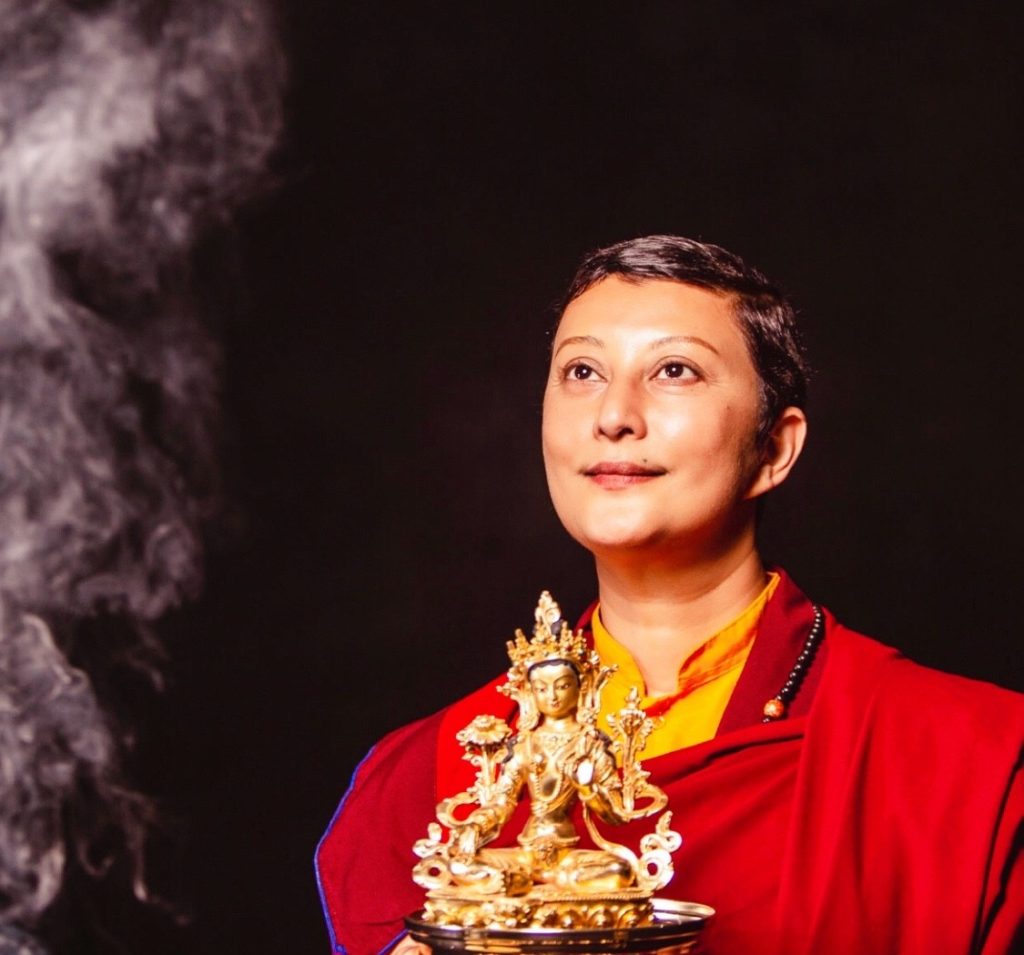
[dropcap]W[/dropcap]hat is the one teaching she would like to share with people struggling with the worldwide pandemic? She says it is the teaching of Impermanence. “Understanding this has truly made me a happier person. No matter what you are currently going through in life, it’s ultimately temporary and will change. Everything changes – that is just how it is…. from day to night, from summer to winter, from happiness to sadness and from sadness to happiness.”
Her final thoughts: “What we tend to do is when we have moments of happiness we cling to them or try and recreate happiness and when we can’t find it, we become depressed and unhappy. If we can train our mind and practice equanimity with all of the moments of life – then we have found the key to having a peaceful mind.”
(The original article appeared in Lassi with Lavina while this follow-up article first ran in my column India in America in CNBCTV18.com)
Related Article:
